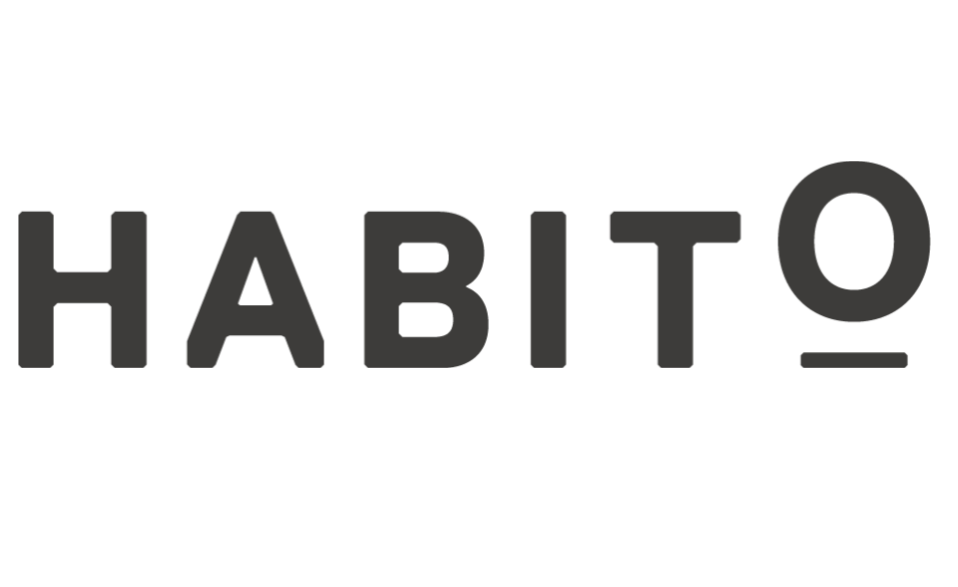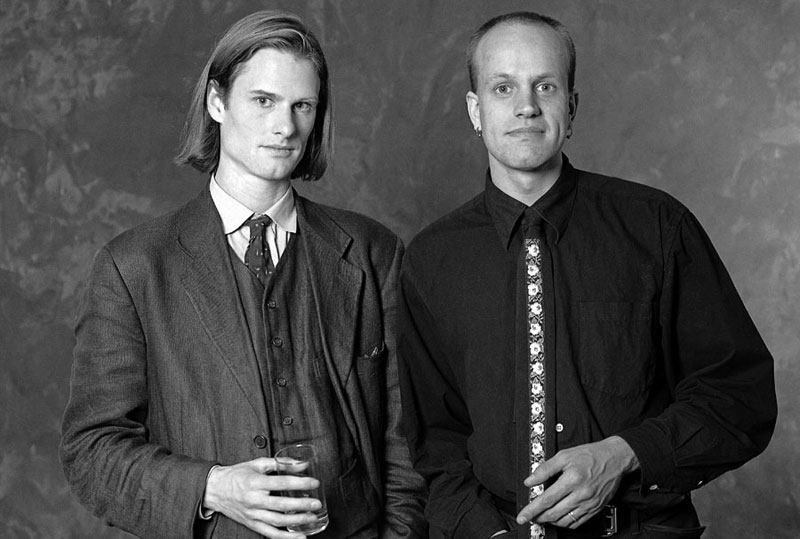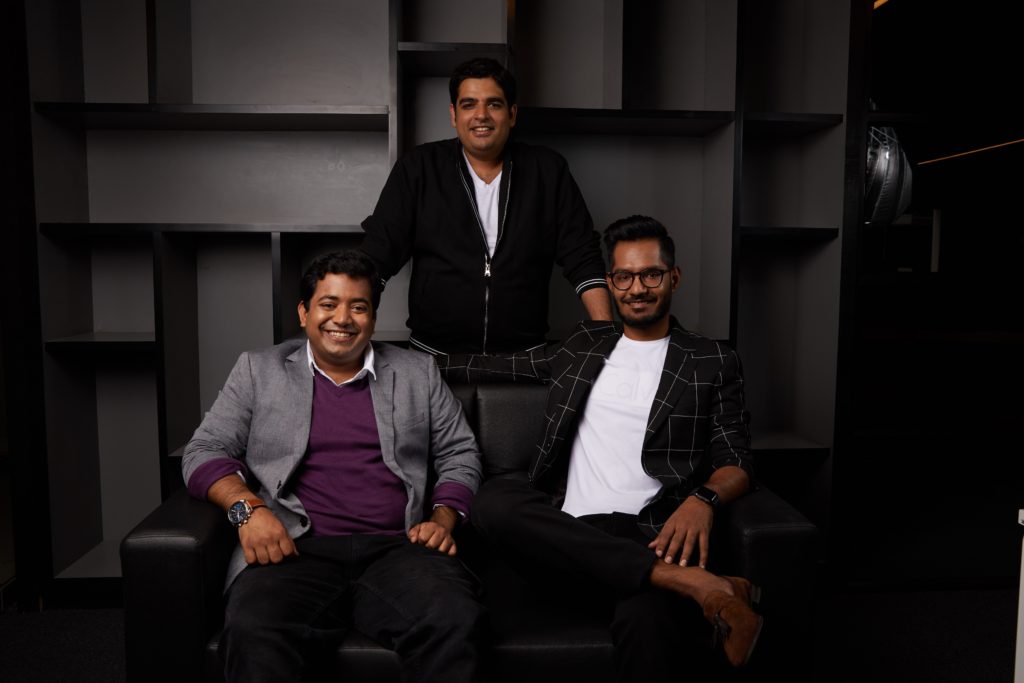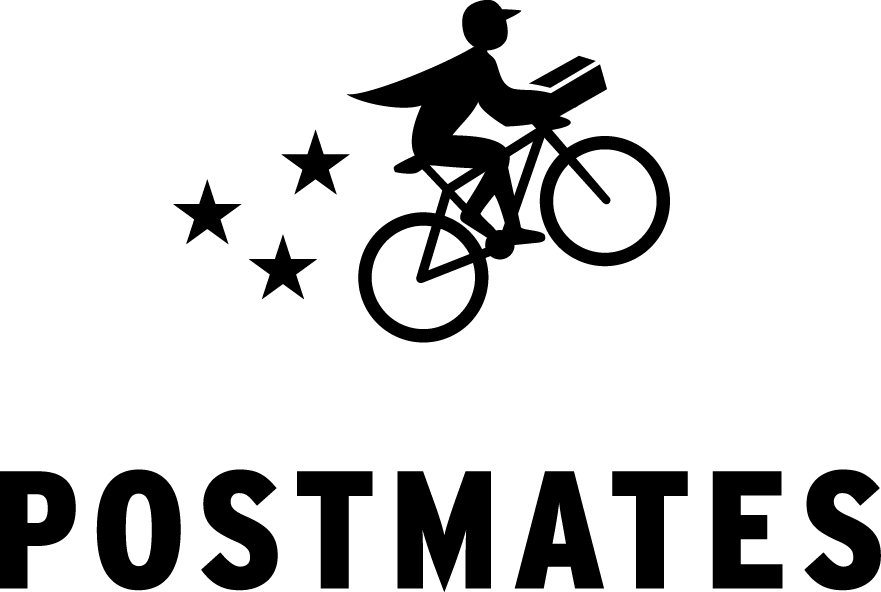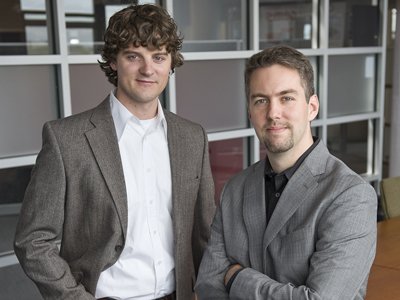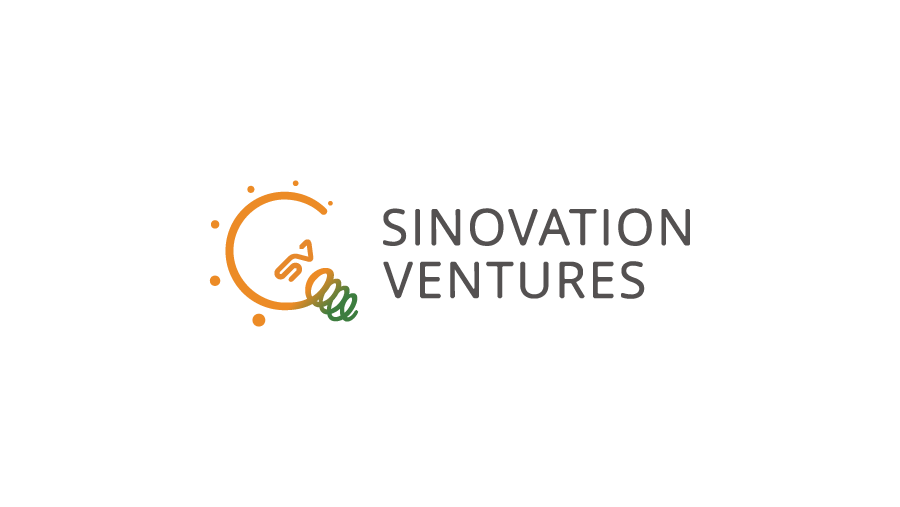Daniel Hegarty : The Founder of Habito, UK’s Digital Mortgage Broker
Getting a lovely and comfortable house to live is still a dream for many, and it will continue to be one of the most required things for every person living. First, finding a house that goes with one’s requirements, and then buying that specific house is a quite a complicated task, as it takes a lot of efforts from finding the house, meeting the broker, finalising the price, and not to forget the tedious paperwork that everyone has to go through. To solve this very problem, a UK based musician, Daniel Hegarty, founded Habito- an online mortgage broker service.
Hegarty is a native of London, who left school at the age of sixteen to join a rock band as a guitarist. Though he was working locally with the band and was attending school alongside, after he became more involved in music, he got suspended by the school authorities for low attendance. His band name was Serum, and while touring with the band, he started earning good money. The band got signed by a record label, and his weekly earning reached £100.
Hegarty moved to LA, where he started playing with live bands. After working for over ten years with different artists, he started losing interest in the same kind of job. He returned to the UK in 2007 and started looking for a job other than in the music industry. He asked one of his friends about jobs in the UK, and she introduced him to the team of Wonga, an online loans lenders.
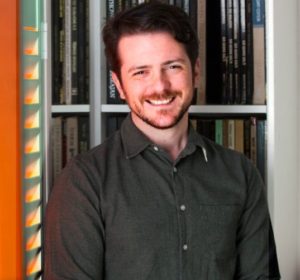
The company was small and had been the centre of criticism for many reasons. But Hegarty liked his job, as he was in the designing, and the marketing team, at the company. In fact, while working with Wongo, he found out that there was something other than music that he could do well. To know the financial field, and also get better in web designing, he started taking online courses from Standford University and involved himself in mathematics. Hegarty continued to work with the firm for five years, and despite a lot of criticism, in 2013, the company had over 1000 employees.
After finding the job, it was the time to get that dream house that Hegarty and his wife always wanted. After looking for a few properties, the two finalised a house. But then, buying the house has never been so easy. The two had to go through a lot of paperwork filled with complex jargons. The legal work was going all wrong as the broker made the mistake with Hegarty’s wife’s name twice in the papers. The mistake by their broker lead them losing the house, and the couple was on the roads.
The thought of losing a house because of the mistake of the broker disgusted him, and he wanted to find out a better way to buy a house. This time, he was not ready to contact with a careless broker and lose the deal again.
So Hegarty decided to try his own hands in the same field. He started studying more about the mortgage and home loans. He even met many brokers and found out that these brokers always neglected the buyers. The only thing mattered to them was money. People had to waste a lot of their time and money to get a house for them. Buying even a small was like a nightmare for every person.
Hegarty finally founded Habito in January 2015 as a fee-free online mortgage broker with the help of investors Toby Coppel and Meyer Malka. In a year of its launch, the company was analysing over 60 applicants in seconds. The company launched a mortgage search and comparison service in April 2016 adjoining with over 70 mortgage lenders.
By September 2017, the company had lent £250m to 50,000 borrowers, and by November 2018, over 150,000 people had used the company’s website to get mortgage advice and applications. Since the inception of Habito, it has been growing with a rate of 20 per cent every year. Today, the number of employees at Habito has raised from 4 people to 160 people.
The company has created the world’s first artificially intelligent Digital Mortgage Adviser (DMA) for regulated mortgage advice. That means the users get their advice from the bots and unless necessary, there no human interaction with the user. Though every employee of the company plays the role of customer support every in every two weeks to provide personalised solutions to the customers.
Due to the robot-assistance, the company has faced a lot of criticism, but the ability to provide a customer with a solution within 8-10 days has made it the most efficient mortgage advice platform, whereas with the normal brokers the application process takes minimum 20 days.
The unusual idea of online mortgage advice and application processing has helped the company raise a total of £8.2 million in capital money from investors, like TransferWise CEO Taavet Hinrikus, Funding Circle CEO Samir Desai, and Yuri Milner of DST Global, etc., in just four years.
The most basic reason for the success of the Habito is that the people in the UK wanted a service that could help them with the difficult process of finding the right house at the right price, without wasting much time, and without the risk of losing the deal. And, this is what Habito is providing to them.

Yashica is a Software Engineer turned Content Writer, who loves to write on social causes and expertise in writing technical stuff. She loves to watch movies and explore new places. She believes that you need to live once before you die. So experimenting with her life and career choices, she is trying to live her life to the fullest.
